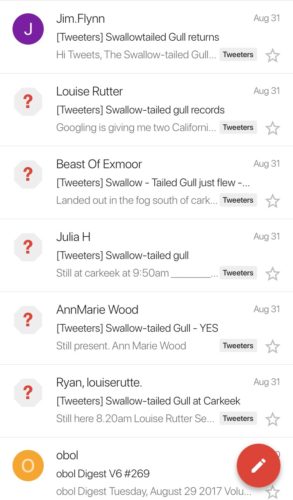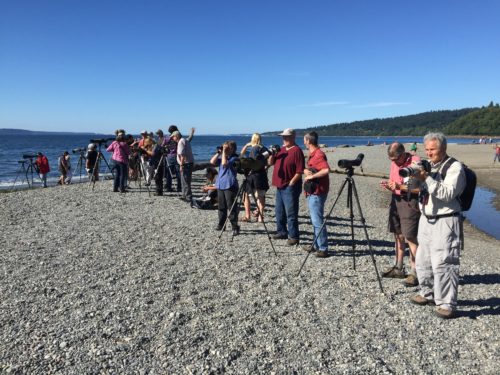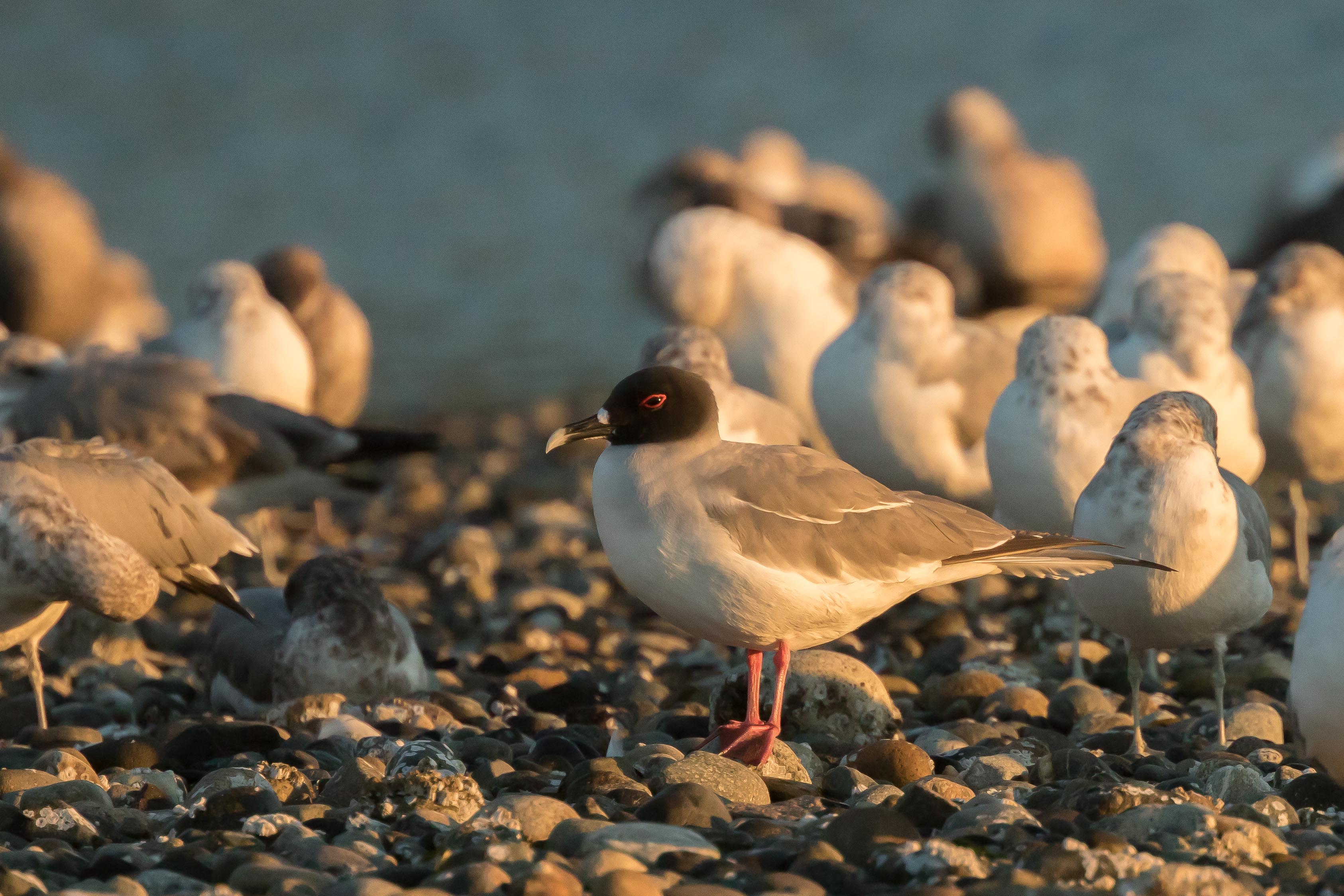Chasing rare birds is rarely convenient.
Unless you’re single, unemployed and avoid human interaction, jumping in a car at a moment’s notice to drive likely hours away will definitely impact “real life.” Thus, when a hot sighting hits the wires, hard decisions will need to be made, often amidst incredulous gazes from coworkers or skeptical scowls from a non-birding partner. For those with families, pre-chase rituals also involve bartering with a hopefully patient– if not totally understanding – partner to rebalance responsibilities to compensate for absence: “I’ll pick up dinner on the way home” or “I’ll catch our next child’s high school graduation.” In households with only one pair of binoculars, the birder frequently doesn’t have many chips on their side of the marriage table; likely, most run on house credit.
Personally, I don’t think I was in a deficit. As a recent father and a notoriously heavy sleeper, however, I wasn’t comfortably in the black either. For some birds, though, you gotta take a deep breath, slide all your chips across the table and hope for the best.

It started as a somewhat stressful afternoon running errands to prepare for our daughter’s first birthday party. She was sleeping so my wife ran into a couple shops while I stayed in the car and faithfully executed my daily ritual of scanning my birding email, which compiles notices from six different states on both coasts. I saw repeated mention of “swallow-tailed” in the truncated email subject lines and I expected a Swallow-tailed Kite, a gorgeous species of hawk from the southeast and a noteworthy sighting in Virginia or Maryland near my current home in Washington D.C.
Wait, these emails are coming from Washington State. I clicked: “Swallow-tailed Gull.”
What? I went back to find the email that started it all: a birding buddy Ryan Merrill found a Swallow-tailed Gull in Carkeek Park near Seattle that morning.
I was shocked. Could it have escaped from captivity? It’s a long distance from its native Galápagos Islands off of South America—3,800 miles, in fact. Plus the species is nocturnal. This wasn’t making any sense.
People were reporting that this was only the third time this species had been reported in the ABA (“American Birding Association” area, i.e. U.S. and Canada), and the first sighting since the early 1980’s.
“What is it?” My wife asked as she saw my face as she approached the car. She was concerned someone had died. I was nearly speechless. “Babe, a really, really rare bird was reported thirty minutes from here.”
I think I actually heard her eyes roll.
I didn’t ask the obvious question for ten full minutes—I was dying inside. “People will be flying from all over the country to see this bird,” hinting at my intention without stating it outright. In a tremendous feat that was equal parts love and acquiescence, she gave me the terms: “Okay, we will go. I’ll give you 45 minutes. If you stay longer, you’ll need to find another ride back.” I eagerly accepted the terms and we headed north. The fact that I was without binoculars didn’t matter.

My wife says my feet hit the pavement of the parking lot at Carkeek Park before the car stopped rolling, but I don’t remember. The first vista overlooking the beach, however, rings clear: I saw a horde of birders facing the same direction towards a flock of gulls. This is critical because, as any bird chaser knows, there’s a high chance a rare bird has moved because, you know … it has wings.
The rest was a bit of a relief-induced blur: I caught up with some former birding friends, two of whom let me borrow their scopes; I enjoyed prolonged studies of the grayish hood, thin eye ring, and distinctively angular bill tip of a Swallow-tailed Gull; and I returned to the car with twenty minutes left on the matrimonial timer.
Check. I haven’t asked but I may even have a few chips left in my stack.
Now, does anyone know if there’s a leaderboard for birders who have successfully chased a Code 5 rarity without optics?
I’m asking for a friend.
